My name is Alessandro Castorino, and I am a graduate of RCA's MA Service Design course, which I undertook after June of 2020 when I gained a BA Diploma in Graphic design. A particular aspect, which attracted me to pursue a career in the design field, was the premise to be able to develop creative products and services with a strong personal identity, which could also be useful to people for everyday tasks. Despite having developed the necessary skills and knowledge to be considered a fully-fledged designer, I have and still am working with a mixture of methods between digital and traditional art and design techniques, and I am always open to improving my skills and methods, through the constant creation of personal projects experimenting with different techniques, such as printmaking or digital series. Additionally, I have already worked part-time in the artistic field, in art galleries in Milan, my hometown, intending to further increase my knowledge of the art and design field. I also have worked for an internship period at the Graphic Design studio Afterpixel located in my home city, further developing my understanding of the relationship between clients, users, and design studios. During my attendance of the RCA Service Design course, I have also taken additional internships to gain further experience in both the Graphic and Service Design sectors. These ranged from a Graphic Internship for Wecomeet, to an internship to work in a service design team for Unify, during which I shifted to one for the 1648 Factory venture studio. These were essential moments during which I was able to pinpoint my future goals within the industry, and plan how to further grow as a professional. Now, having completed my Master's course in Service design I understood not only how to communicate a service or a product to their audiences through identities and advertising, but now, I am also able to take part in the development and the background work that undergoes in the creation of services from the ground up, as well as its upkeep. Knowing both fields has improved my communication and development abilities and allowed me to develop the qualities necessary to become a 360 degrees expert in my field.
Alessandro Castorino

Show Location: Kensington campus: Darwin Building, Lower ground floor

My evolution throughout these five years has been astounding. Looking back on both my projects and my work methods I feel I have drastically changed both as a person and as a professional. This is especially reflected in where I currently am in 2022.
As previously stated, the reason why I wished to pursue a design career has remained mostly unchanged: to improve the daily lives of people and agencies through the creation and application of creative solutions and projects. Through my MA course at RCA, I felt I was able to further polish my skillets to properly do this. However, through the RCA I have also continued to develop my design mentality, and I learned that aside from creating brand new content, a true Service Designer must also be able to improve what is already there, guaranteeing more streamlined and polished experiences. This is just another point that has been added to my ever-expanding experience, which I aim to keep expanding in the industry, now as a fully-fledged professional in my field.


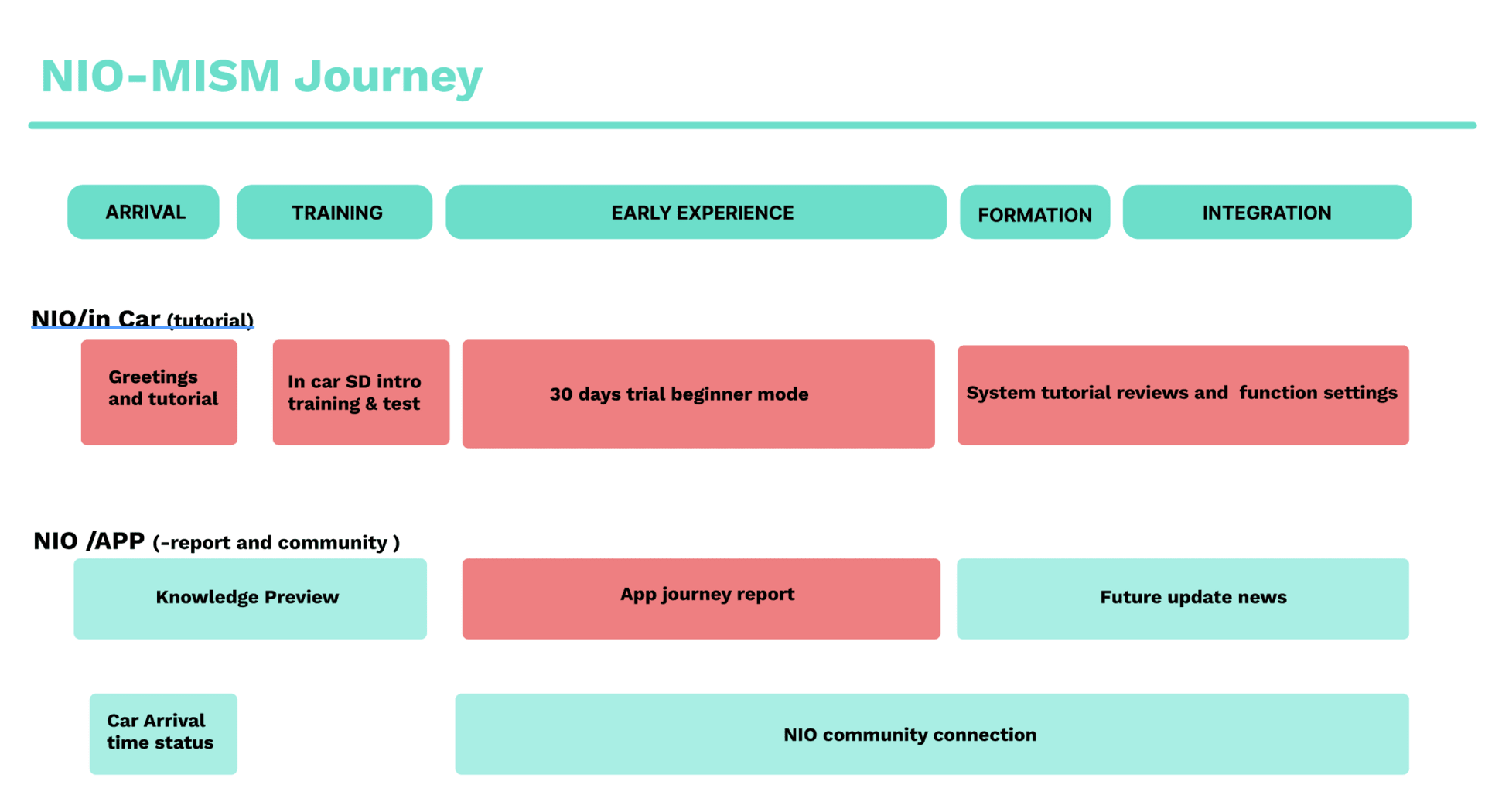

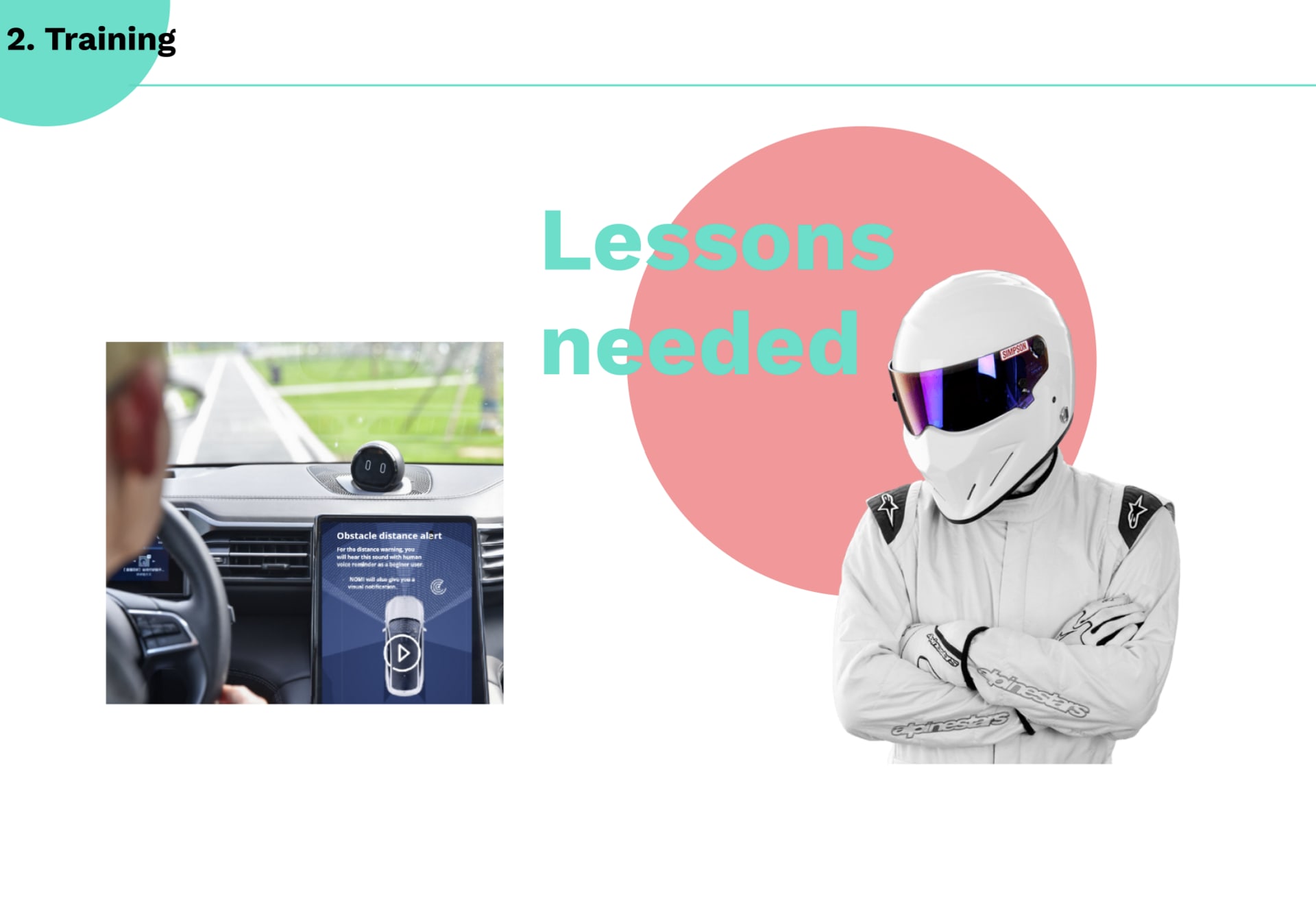






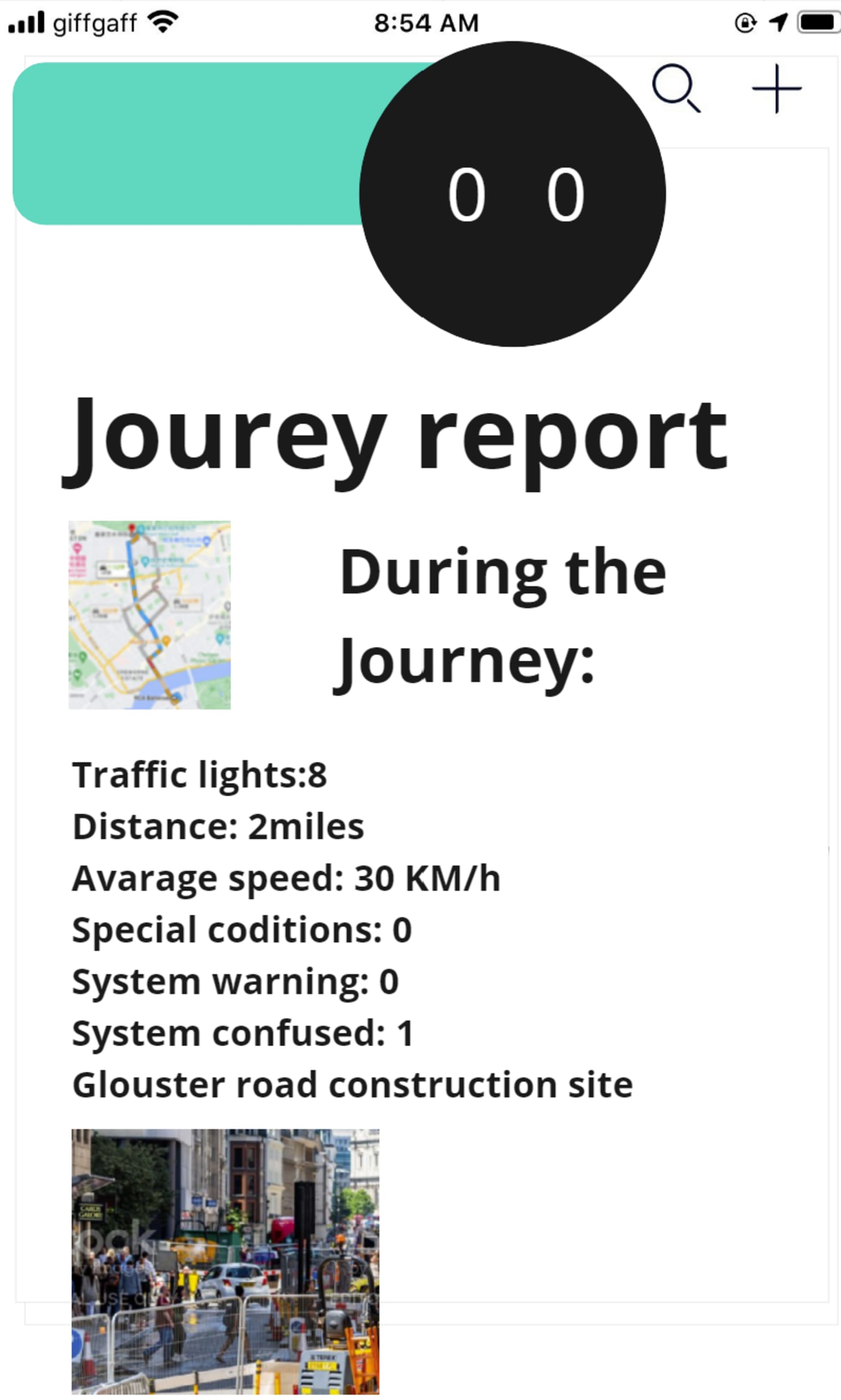

For the final project, I and my partner focused our service outcome around level-3 autonomous vehicles. These Self-driving car systems are capable of driving with minimal driver input and attention. Unlike level 2 autonomous vehicles, The driver can take his or her hands off the steering wheel and eyes off the road, and multi-task, but he/she can still drive and must in case of emergencies. This technology is planned to be released to the wider market in the next 2-3 years.
However, there are currently thousands of autonomous users which are either unable to understand the intentions or the features of their systems because they were never properly trained on how to operate them. This is bound to only get worse with the highly inclusive mass implementation of more advanced technology and features, as both new and veteran users will not know what to expect.
Thus, we chose to focus on how might we catalyze the future self-driving onboarding experience by bridging the reliability and communication gap between the systems and their users, easing the adoption journey?
Through our partnership with the European NIO car manufacturing branch, we were able to develop a service that could overcome these shortcomings, and allow for smoother integration of their products: NIO-MISM
NIO-MISM is an onboarding service that catalyzes the efficiency of the Self-Driving (SD) adoption journey and its experience for Hands-off (Level-3) autonomous users.
The purpose of this service is to focus on the onboarding journey for a much wider user base than before, which current vehicles fail to highlight. Through the system, we aim to give users a chance to try out the system for a period of time, after receiving an introduction and mandatory tutorials around its capabilities, its limitations, how to properly understand its intentions through custom-designed sounds and visuals, and the proper course of action for these specific situations. The users will then have an initial experience period, during which the sounds used by the system to communicate its intentions, will be highlighted with the use of visual and vocal reminders to enhance the users’ memorization of these sounds and their meaning. After the user has gained enough hands-on experience, he will gain access to the advanced settings, giving him the ability to set his own preferences.
The benefits our service will bring to both current and future NIO autonomous experiences will not just improve the new SD user adoption journey, but it will also keep current NIO owners who haven’t yet tried the SD functions, updated for future opportunities. It will also renew the veteran users’ product knowledge. After all, it is important to remember that we designed this service and its communication system not just as a transition journey, but also as a co-evolving journey to bring the users and brand together.
Medium:
Onboarding catalyzing service

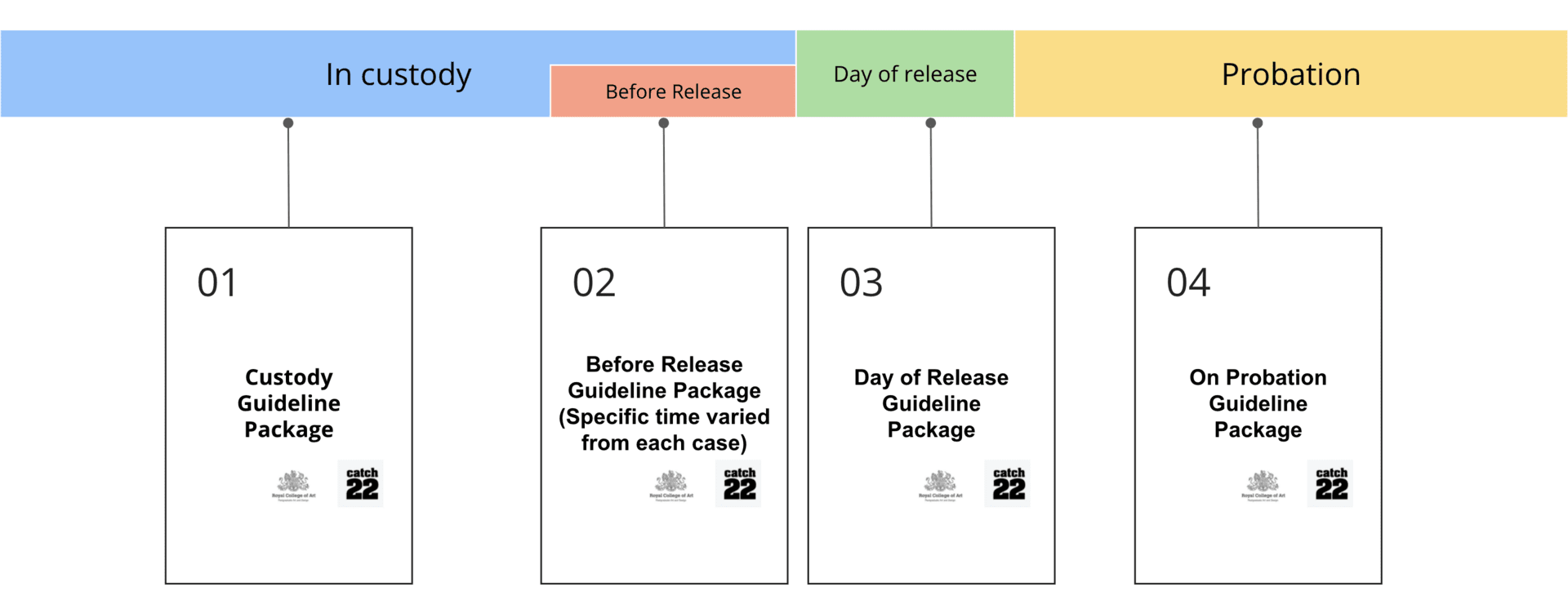


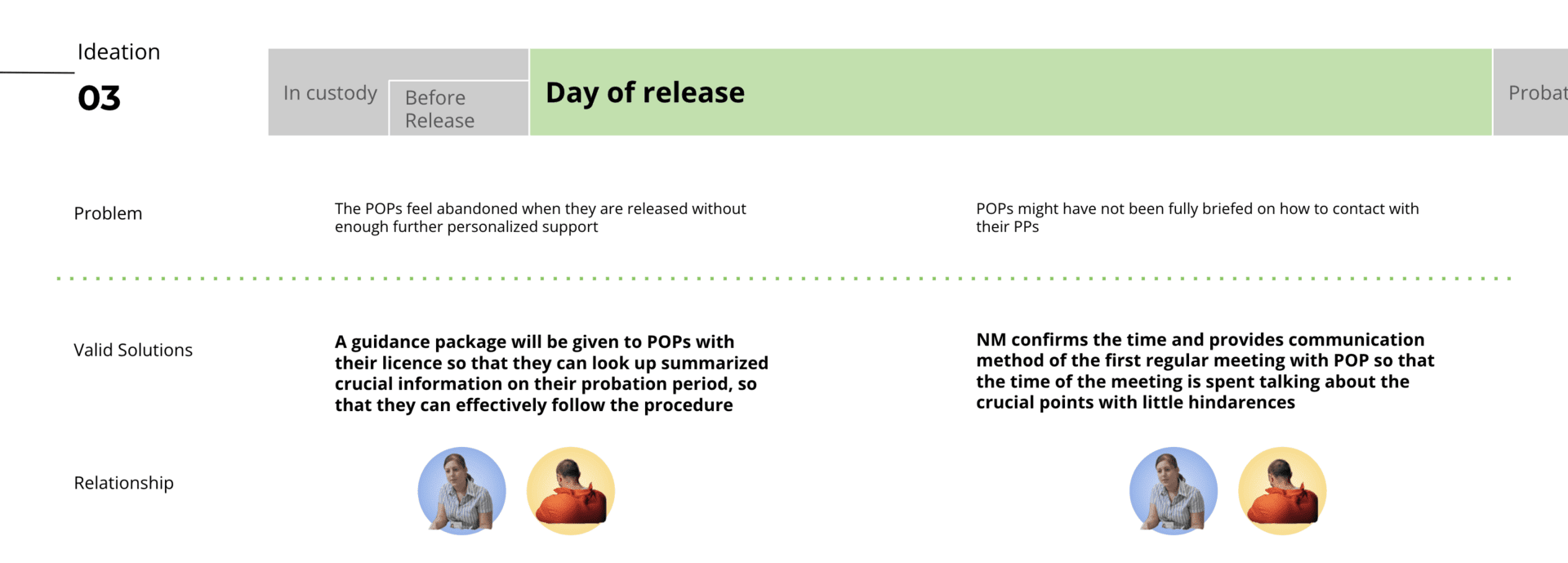

In the UK, a person in prison, depending on his/her crime, has gone through half of his/her sentence, they will be put in a probation period outside prison, during which, their behavior is regulated by the government and no longer by the prison in which they were kept. However, If an offender breaks the terms they are given, they will be recalled to prison by their probation practitioner (supervisor) to serve the remainder of their sentence in prison. In recent years, the UK prison system has been under pressure from the high recall rate of offenders. Figures from September 2020 show that 11.7% of the UK Prison Population (10,000 people) were in custody due to recall, but only 40% (4,000) of them had committed a further offense. This meant that at least 60% of them were recalled without a proper reason. So the government is currently pushing public service teams, including our partner Catch22, are exploring possible alternatives to recall options.
As service designers, we believe that systematic design thinking can guide us in having an impact on this public field. Our mission throughout this project was to focus on reflecting upon the humanity, resilience, and social sustainability in the probation system to create creative interventions that would reduce the recall rates based on meeting the norms of cooperation with Catch22, and develop an outcome around their new Navigator Mentor position proposal. During the project's lifetime, we identified the communication gap between the three main parties (POPs, PPs, and NM) was the main cause for the high level of recalls. Thus, we focused on developing our outcome around this issue.
Our final format for this project took the form of 4 guideline packages format under each stage for the navigator mentors to follow. These are based around the 4 stages which are: in custody, before release, day of release, and probation. These packages have been created to help the Navigator Mentor work better in their rehabilitation supporting role during the pilot program and create an overall smoother experience.
We define a guideline package as a set of resources that combine existing information and roles into a modular set of information in a uniform format, which will allow NM and PP to select the ones they believe would be useful for their situation.
These are meant to strengthen the role of the Navigator Mentor and allow them to be better equipped to tackle areas that the POP and the PP are finding challenging or complicated to approach.